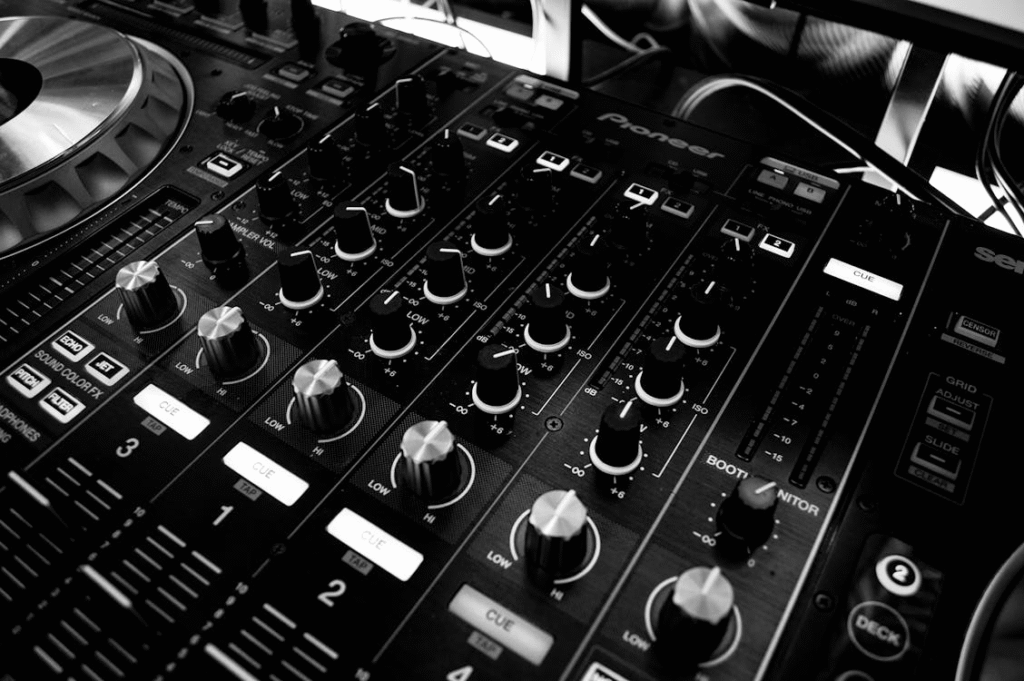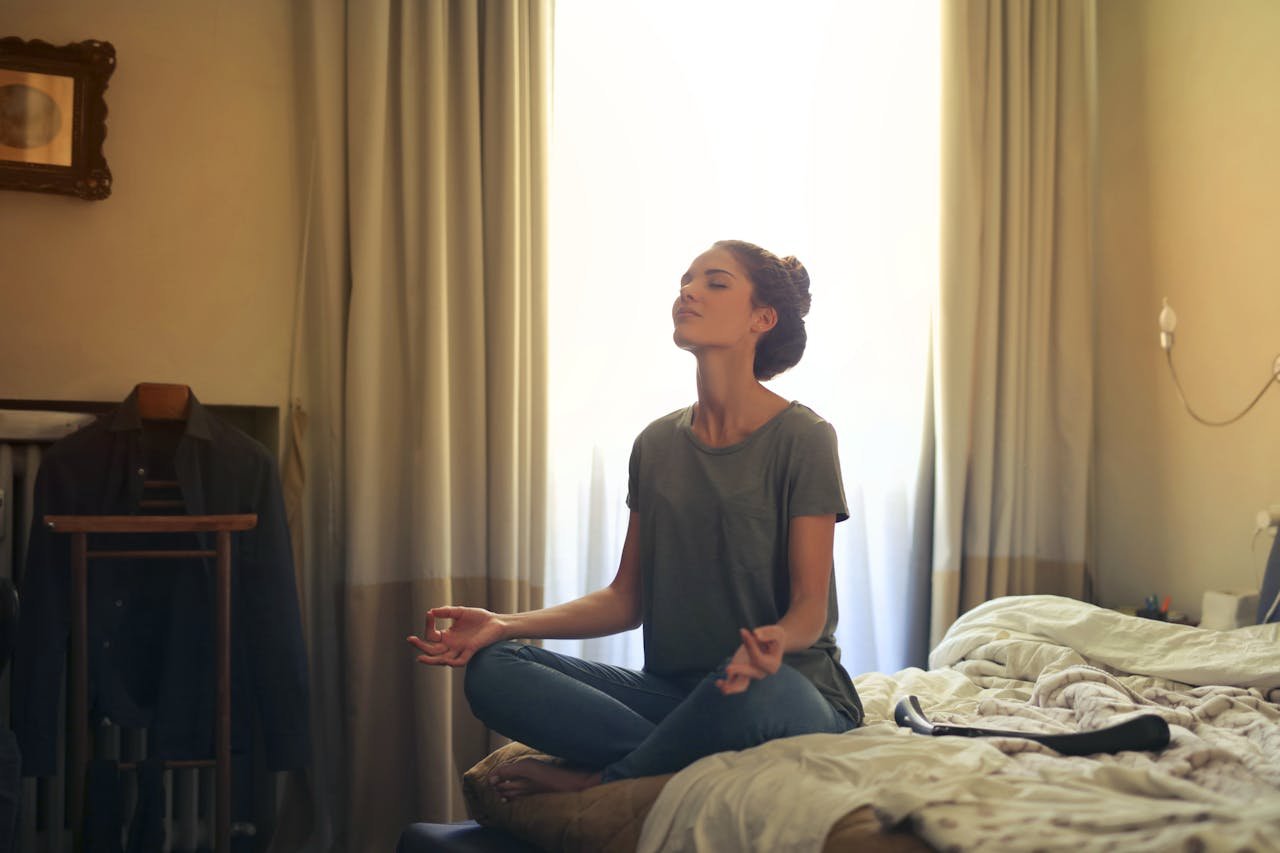Creative industries thrive on sound. Whether it’s the hum of a recording studio, the layered edits of a film set, or the chatter of a design agency, sound shapes the work. Yet the very thing that fuels creativity can also erode it if hearing wellness isn’t taken seriously. Protecting your ears in a workplace where audio matters isn’t about slowing down the art; it’s about making sure the art can continue.
Via Pexels
Studios, Labels, and Agencies, Different Risks and Simple Fixes
Every creative space has its own sound profile, and with it, unique risks. Recording studios often deal with long sessions of high-volume playback. Music labels may expose staff to repeated live performances and rehearsals. Agencies, while quieter on the surface, can create noise fatigue through open-plan layouts where constant conversations and phone calls dominate.
The fixes don’t have to be complicated. Rotate staff out of prolonged exposure environments. Build quiet zones into office layouts. Keep decibel meters handy to check sound levels during live sessions or long editing blocks. Even small steps like scheduling breaks in silence can make a surprising difference.
Choosing Monitors, Headphones, and Room Setups that Respect Hearing
Equipment choices matter. Studio monitors should be calibrated properly, not just cranked for effect. Headphones need to balance clarity with safety, closed-back for tracking, open-back for mixing, but always with attention to volume. Encourage staff to adopt the 60/60 rule: no more than 60% of maximum volume for longer than 60 minutes.
Room setups are just as crucial. Poor acoustics often tempt people to turn things up. Investing in basic sound treatment, panels, bass traps, carpets, lets you hear accurately at lower volumes. It’s not only healthier but also makes the work itself sharper.
Policy Templates for Teams that Actually Get Used
Rules about hearing wellness tend to sit forgotten in HR binders. What works better is making them practical. For example: a weekly “quiet hour” in an agency, noise exposure caps for session musicians, or clear signage in editing bays about safe levels. These policies need to be visible and easy to follow.
If you want a shortcut, there are policy resources you can adapt to. Don’t treat them as generic forms; customize them to the rhythm of your team’s work. A policy that acknowledges the creative flow is far more likely to be respected.
Training and Culture: Making Hearing Care a Norm
Gear and policies help, but culture does the heavy lifting. Build awareness into team onboarding. Invite audiologists to run quick seminars. Share real stories of how hearing damage has sidelined talented creatives too early. The more your team sees hearing wellness as part of craft, not just compliance, the more sustainable the practice becomes.
This is where workplace hearing care strategies make their mark. They shift the conversation from rules imposed from above to shared habits that protect everyone. When the strategy feels like a natural extension of the work, people adopt it without resentment.
Why This Matters for the Long Run
In creative industries, your ears aren’t just part of your health; they’re part of your toolkit. Protecting them isn’t optional; it’s the foundation for a sustainable career. By building smart environments, choosing better equipment, writing usable policies, and fostering a culture that respects sound, you’re investing not just in your people, but in the future of the work itself.







